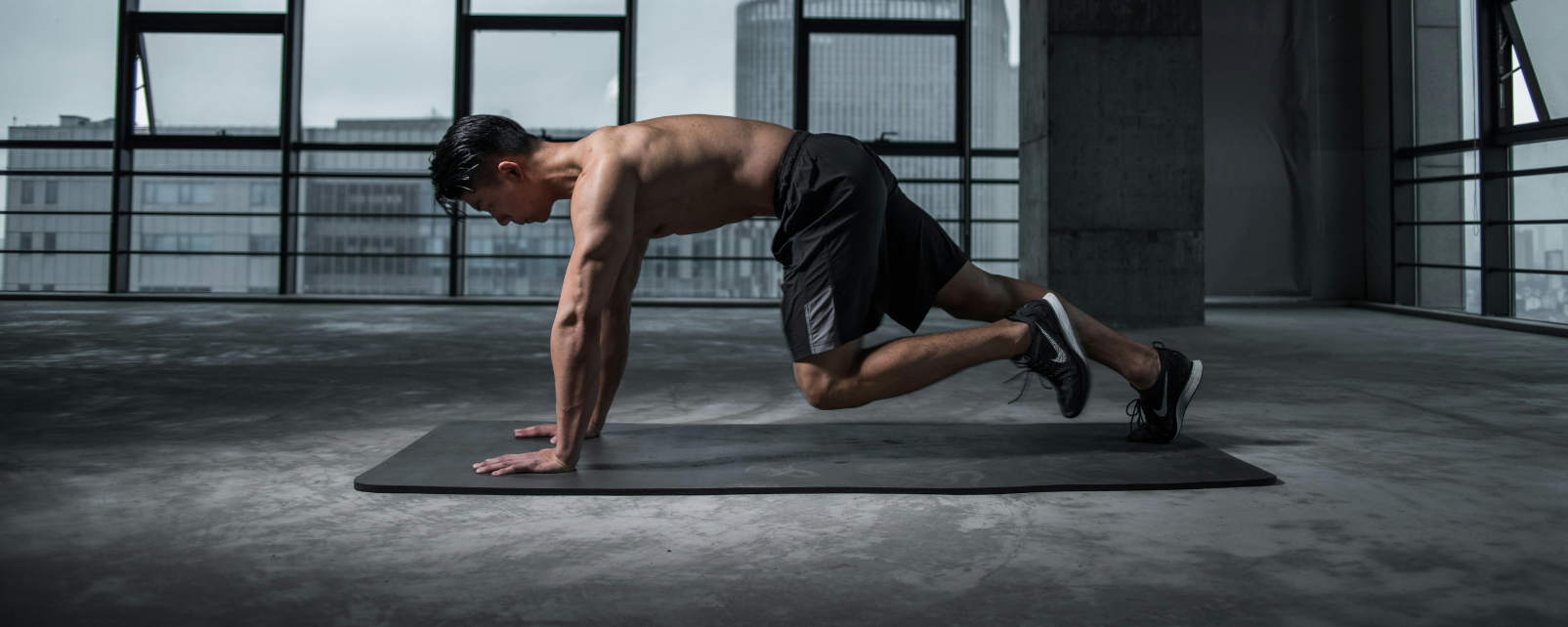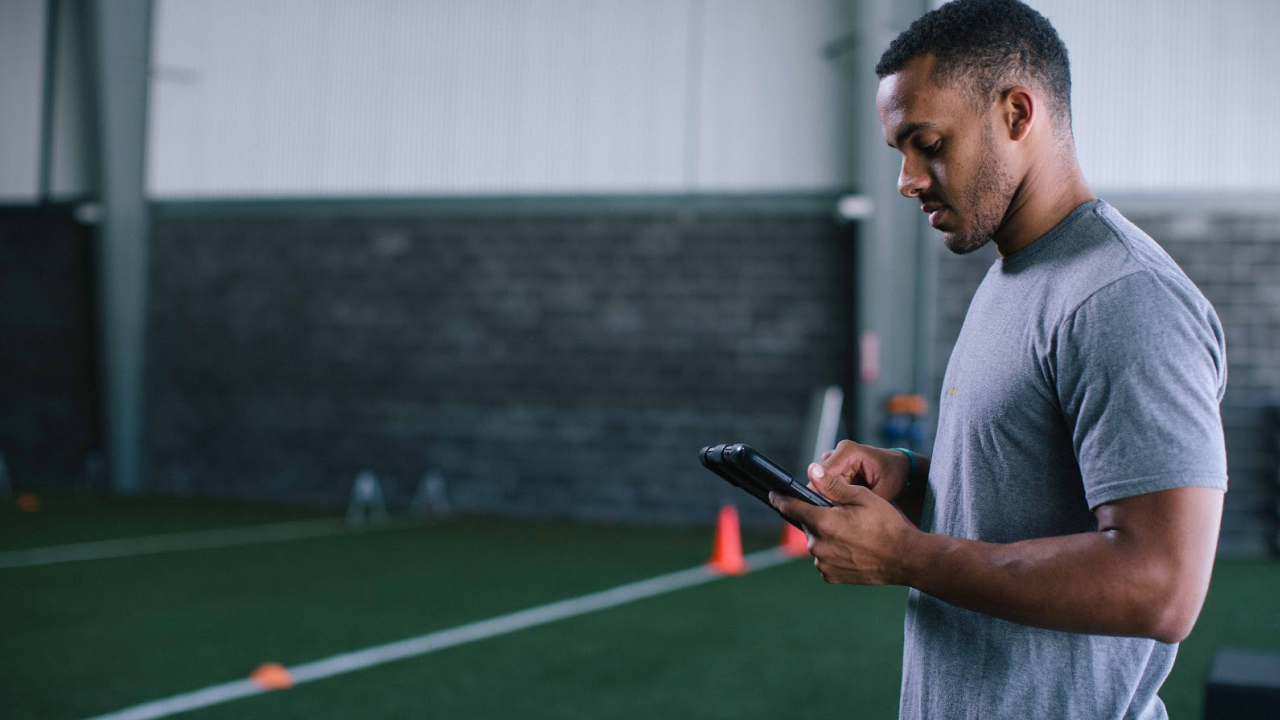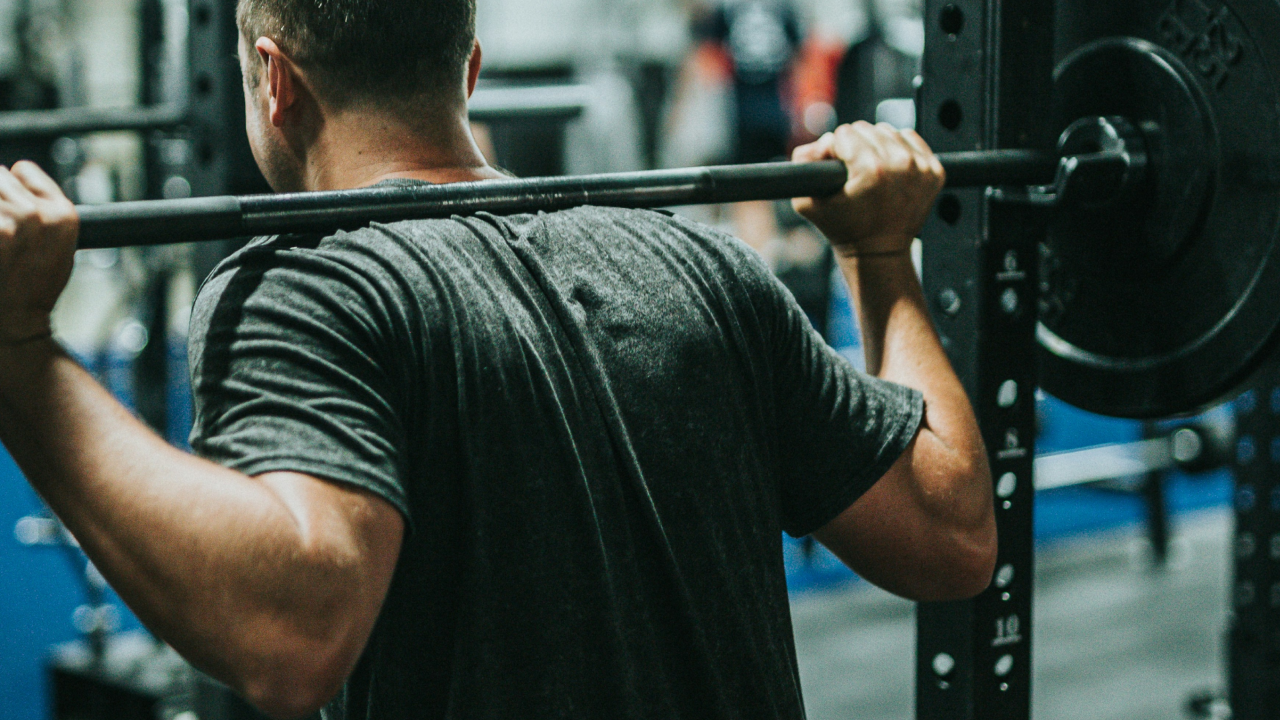Six Benefits of Exercise on Mental Health and How to Program it
Exercise is not only vital for physical health but also plays a transformative role in mental well-being. The relationship between fitness and mental health is backed by robust scientific principles and research, highlighting exercise as a powerful tool to combat stress, anxiety, depression, and more. Below, we explore the key mental health benefits of exercise, the mechanisms behind these benefits, and the types of exercise that yield the best results for each area, including recommendations for frequency, duration, and intensity.
Key Mental Health Benefits of Exercise
1. Reduction of Anxiety
Exercise helps reduce anxiety by lowering stress hormones such as cortisol while boosting endorphins, the body’s natural mood elevators. Regular physical activity also increases gamma-aminobutyric acid (GABA) levels in the brain, which help to calm overactive brain activity often associated with anxiety disorders.
Recommended Exercise:
- Type: Aerobic exercises such as running, swimming, cycling, rowing, hiking, or brisk walking.
- Frequency: 4-5 times per week.
- Duration: 30-45 minutes per session.
- Intensity: Moderate to vigorous (e.g., reaching 60-80% of your maximum heart rate).
2. Alleviation of Depression
Physical activity stimulates the release of neurotransmitters like serotonin and dopamine, which are essential for mood regulation. It also promotes neurogenesis, the growth of new neurons, particularly in the hippocampus—a brain region often shrunk in individuals with depression.
Recommended Exercise:
- Type: Strength training, circuit training, or group fitness classes.
- Frequency: 3-4 times per week.
- Duration: 45-60 minutes per session.
- Intensity: Moderate (e.g., lifting weights that allow 8-12 repetitions per set with good form).
3. Stress Management
Exercise reduces stress by stimulating the parasympathetic nervous system, leading to a relaxed state. It also provides a psychological distraction from stressors and fosters mindfulness during movement.
Recommended Exercise:
- Type: Yoga or tai chi, focusing on breathing and stretching or mindfulness-based movement practices
- Frequency: 3 times per week.
- Duration: 60 minutes per session.
- Intensity: Low to moderate, emphasizing mindfulness and slow movements.
4. Improved Cognitive Function
Aerobic exercise increases blood flow to the brain and enhances the release of brain-derived neurotrophic factor (BDNF), which supports learning, memory, and overall cognitive health.
Recommended Exercise:
- Type: High-intensity interval training (HIIT) or moderate aerobic exercise.
- Frequency: 3-5 times per week.
- Duration: 15-30 minutes for HIIT or 30-60 minutes for moderate aerobic exercise.
- Intensity: HIIT: High (e.g., alternating 20-60 seconds of sprinting (85-95%+ with 1-2 minutes of rest); Moderate aerobic: 70-80% of your maximum heart rate.
5. Better Sleep Quality
Regular physical activity helps regulate circadian rhythms, increase time spent in deep sleep, and reduce symptoms of insomnia.
Recommended Exercise:
- Type: Low-impact activities like walking, cycling, or swimming.
- Frequency: Daily.
- Duration: 30 minutes per session.
- Intensity: Low to moderate (e.g., walking at a pace where you can comfortably hold a conversation).
6. Boosted Self-Esteem and Confidence
Exercise improves self-image and confidence through visible physical changes and mastery of physical skills. It’s also associated with improved body image and a sense of accomplishment.
Recommended Exercise:
- Type: Skill-based activities such as lifting weights, plyometrics, agility, gymnastics, martial arts, dance, or rock climbing.
- Frequency: 2-3 times per week.
- Duration: 60 minutes per session.
- Intensity: Moderate to high (depending on skill level and activity)
Other Important Considerations
1. Social Connection
Semi-private training, group fitness classes, team sports, or partner exercises can add a social component, which further improves mood and reduces feelings of isolation.
2. Mindfulness and Focus
Activities that combine movement with mindfulness, such as yoga or Pilates, can amplify mental health benefits by fostering a deeper mind-body connection.
3. Consistency Over Intensity
Research consistently shows that long-term adherence to exercise routines, even at moderate intensities, yields better mental health outcomes than sporadic high-intensity workouts.
4. Tailored Approaches
Everyone responds differently to exercise based on fitness levels, preferences, and mental health challenges. It’s essential to experiment with different activities to find the most enjoyable and effective routine.
Conclusion
Exercise is a scientifically validated strategy for enhancing mental health, offering diverse benefits that range from stress relief to improved cognitive function. By tailoring the type, frequency, duration, and intensity of workouts to your specific needs, you can harness the full potential of physical activity to support your mental well-being. Remember, consistency and enjoyment are key—find what works for you and make it a sustainable part of your life!
- Ratey, J. J., & Hagerman, E. (2008). Spark: The revolutionary new science of exercise and the brain. Little, Brown.
- Heisz, J. J. (2022). Move your body, heal your mind: Overcome anxiety, depression, and dementia and improve focus, creativity, and sleep. Mariner Books.
- McGonigal, K. (2019). The joy of movement: How exercise helps us find happiness, hope, connection, and courage. Avery.
- Dishman, R. K., Heath, G. W., & Lee, I. M. (2013). Physical activity epidemiology (2nd ed.). Human Kinetics.
- Centers for Disease Control and Prevention. (2021). Physical activity basics. Retrieved from https://www.cdc.gov/physicalactivity
- American Psychological Association. (2021). Exercise as a prescription for mental health. Retrieved from https://www.apa.org
- Erickson, K. I., Hillman, C. H., & Kramer, A. F. (2015). Physical activity, brain, and cognition. Current Opinion in Behavioral Sciences, 4, 27-32. https://doi.org/10.1016/j.cobeha.2015.01.005
About the Author

At Bridge, we are all athletes and coaches first. As athletes, our team has experienced everything from riding the pine on JV, to winning NCAA championships, to competing in the Olympic Games. As coaches, we have helped countless athletes reach their full potential, winning everything from age group section championships to Olympic Gold Medals.
Related Posts

Six Benefits of Exercise on Mental...
Exercise is not only vital for physical health but also plays a transformative role in mental...

4 Easy Steps to Launch and Sell a...
The holiday season offers a unique opportunity for personal trainers to reach more clients and...

4 Proven Offers to Attract Clients and...
Standing out in the competitive world of personal training and fitness coaching requires more than...


